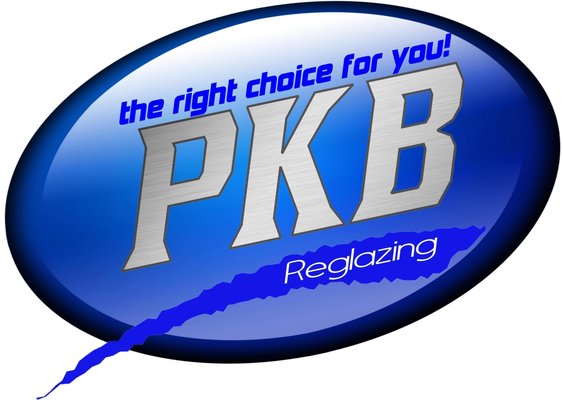Each day, children bathe in it, play in it and are washed carefully in it. Yet, according to a special report on the April 19th, 1995 edition of Good morning America, porcelain glazed bathtubs are one of America’s most unexpected sources of lead exposure for children. At the time, lead poisoning was considered the number one environmental health danger for children by the Centers for Disease Control.
The nationally televised report cited a study designed by Hybrivet Systems, Inc, and conducted by a tub refinishing company located in Atlanta, Ga. The study found that approximately 64 percent of the tubs tested had leachable lead on the surface.
The tested tubs were of varying age and came from a wide range of domestic and import companies.
Good Morning America’s report focused on the Thomas family from a small town in Massachusetts. In spite of their efforts to identify and eliminate lead exposure in their home, their two children continued to have very high blood levels, requiring continuing medical treatments. The older child had a blood lead level of 47 micrograms per deciliter, while the second child(age 7 months) showed a level greater than 20 micrograms per deciliter.
Aside from negligible lead in the household dust, the only source of lead that could be identified in the children’s environment at the time was the lead-based paint in their home. Even though it was not peeling, they spend over 15,000 to have it professionally removed. Away from home during the abatement process(2 months), the children’s blood lead levels decreased to nearly normal levels (1 to 9 micrograms per deciliter). Within a week after moving back into the now lead-fee and lead safe home, both children again showed significant elevated blood lead levels.
The family then purchased a home lead test kit called LeadCheck® Swabs to test their ceramic ware. When her dished tested negative for lead, Mrs. Thomas then used a LeadCheck® Swab on the bathtub—the only remaining item in the house not yet tested for lead. The Swab immediately turned pink, indicating the tub was leaching dangerous levels of lead. Every time the children bathed in the tub and played with their toys, they ingested lead simply by touching the tub and putting their wet fingers in their mouths. The children ceased using the tube for their baths and within a few months their blood lead levels returned to nearly 10 micrograms per deciliter.
When she first tested the bathtub, Patricia Thomas immediately called the LeadCheck® Information Hotline to ask questions. The company was surprised by this potential lead source, and sent its top R&D specialist to investigate. Numerous follow-up tests confirmed the initial finding—the bathtub was the problem.
Continued testing of this and other bathtubs has confirmed the presence of lerachable lead in porcelain-glazed bathroom fixtures. A baby wipe tubbed on the botton of a tub picked up over 1000 micrograms of lead. Hands rubbed along the side of a LeadCheck® positive tub were shown to pick up significant amounts of lead. Bath water allowed to sit in LeadCheck® positive tubs leaches lead in amounts exceeding 50 parts per billion. Washcloths soaked in bath water and rubbed on the bottom of the tub concentrated significant amounts of lead.
The Atlanta tub refinishing company surveyed more than 750 bathtubs and found that, overall, 62% of all porcelain glazed tubs tested positive with LeadCheck® Swabs. Specifically, 77% of the porcelain-glazed cast iron tubs and 25% of the porcelain-glazed steel tubs tested positive. This source of lead most likely represents a significant exposure to only very young children with their high level of hand to mouth activity and propensity to drink the water during bath time.
The Environmental Protection Agency estimates the more than 57 million US homes have dangerously high lead levels. While bathtubs are a newly identified source of lead, other sources include deteriorating lead paint, water, plumbing, dust and ceramics, to name a few. According to Dr. Stone, the best solution is for the public to empower itself with information on the problem.
Actual Article: http://leadcheck.com/blog/lead-exposure-porcelain-enameled-bathtubs
www.phillipskb.com/bathtub_reglazing
All Southern California Counties: Los Angeles County, Orange County, Riverside County, San Bernardino County, Ventura County:
Showroom Located in Canyon Country / Santa Clarita

This is an excellent access of information. There are really a lot of pretty much the same blogs but you made yours really exceptional. Keep writing, you have here a great blog!
ReplyDeletebathtub reglazing nj
Is resurfacing really better than replacing? Which option is better?
ReplyDeleteI have been looking at New Surface in Sacramento.
AZ Reglazing is a company that offers the services of bath and tile refinishing. Prices are rather affordable for everyone. In course of time even the most qualitative bathtubs, sink and tile become old-fashioned and covered by stains or scratches. Replacement is extremely expensive measure so most people can’t afford it. Moreover replacement is connected with time wasting and chaos. AZ Reglazing suggests perfect alternative. For more info visit AZ reglazing
ReplyDelete